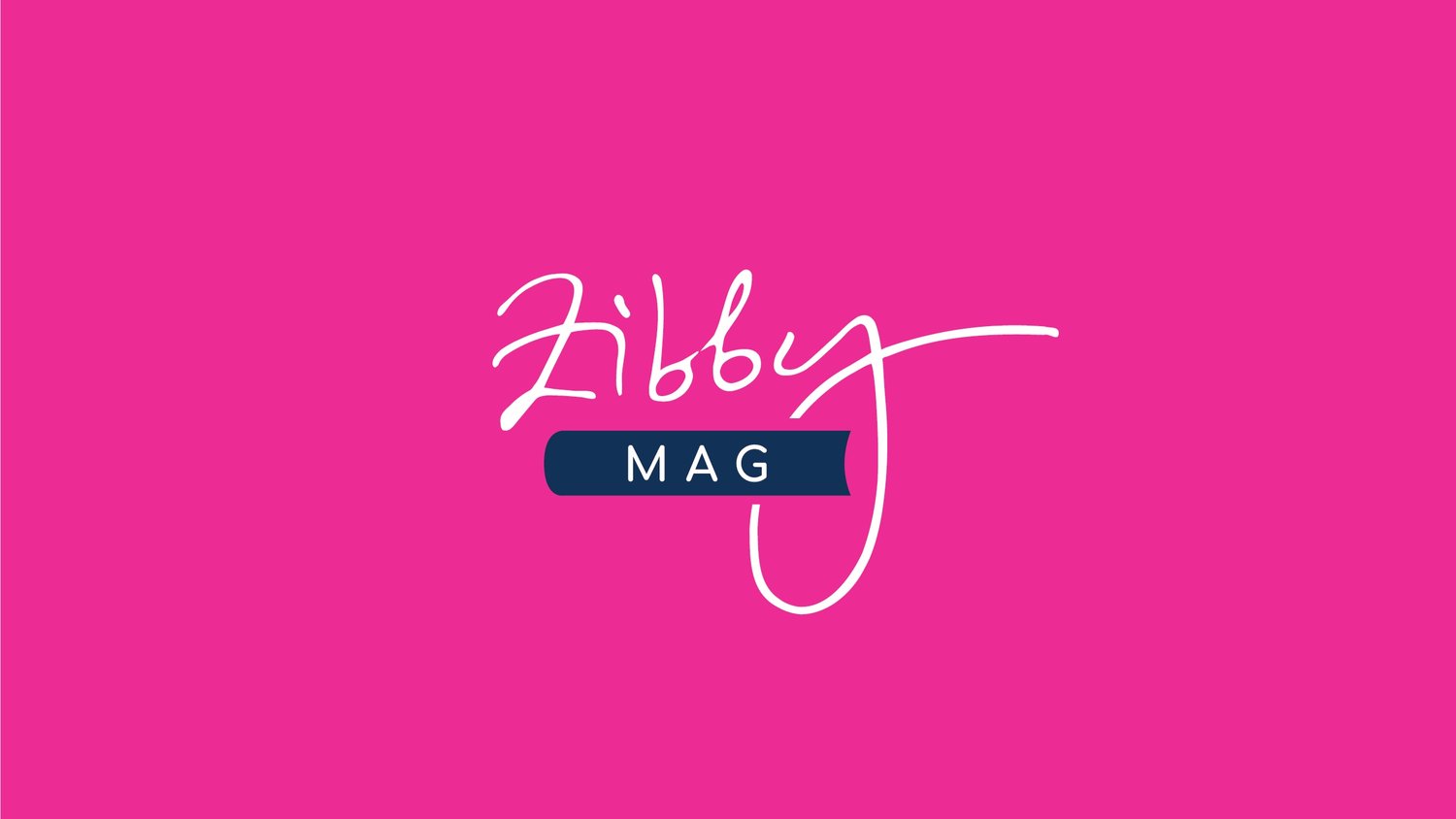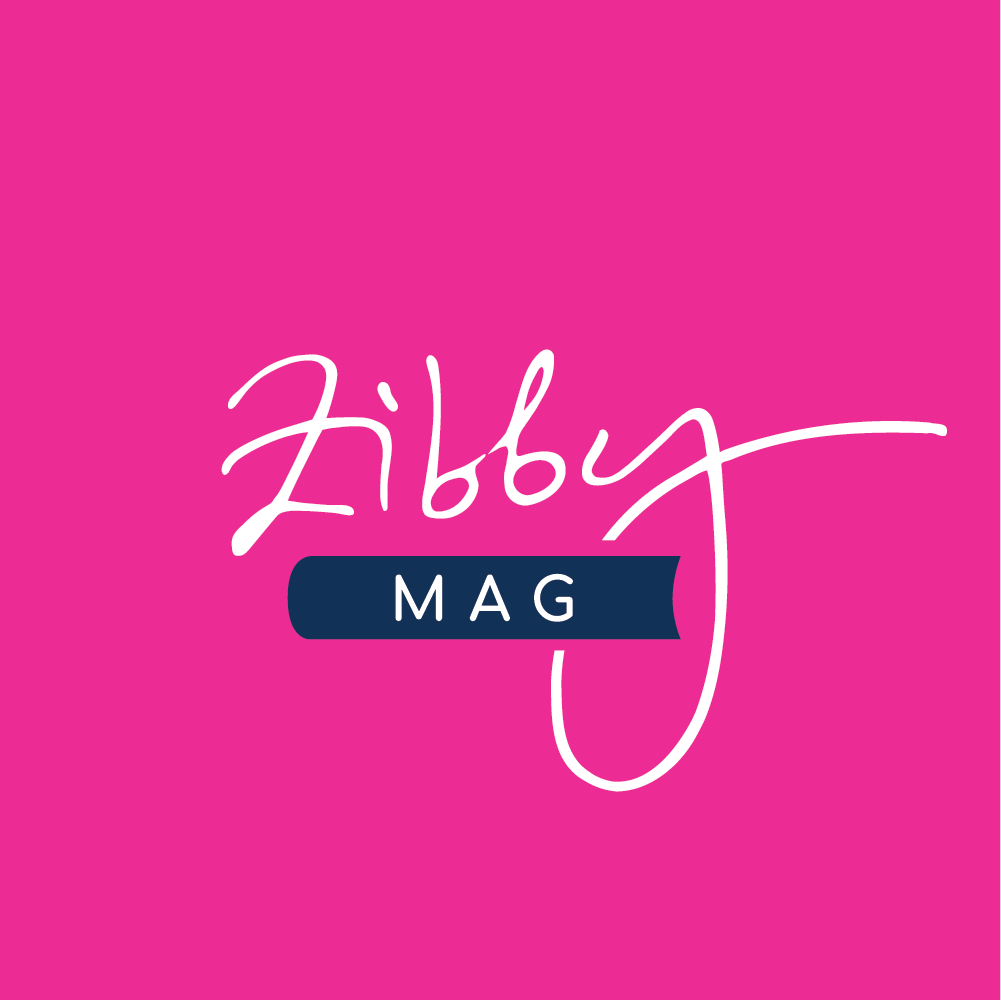Saturday Mornings with CNN Style’s Elsa Klensch
How a lifetime fashion fixation grew into the career of my dreams
By Christine Morrison
It was the 1990s and supermodels reigned supreme. Coined The Trinity, The Big Five, and then The Big Six (to welcome Kate Moss), they wouldn’t get out of bed for less than $10,000. When industry domination wasn’t enough for these leggy clothes horses, the one-named wonders began to squabble publicly over the “Original Supermodels” title. They were the faces of a generation.
Bombshell alert: I wasn’t one of them.
However, I did worship style. Every Saturday morning, I sat on the faded hardwood floor of my Chicago apartment watching CNN’s “Style with Elsa Klensch,” taking notes, as if there’d be a quiz post-show. There’s no doubt I would have aced the quiz, but I would have failed the glamour test. While the supermodels I adored wouldn’t budge without their bankroll, I was broke. My ancient television required pliers to change channels and its antenna wore an aluminum foil headdress.
What I lacked in designer goods, I made up for in grooming, ironed clothes, and polished shoes. I lived in Biore Pore Strips. I didn’t branch out from my inexpensive mainstays: uninspiring trousers and blazers from the Gap and Banana Republic. These bland brands suited my Account Executive advertising agency job.
On most Saturdays, I was clad in Gap pajama bottoms and a white men’s shirt with rolled cuffs and popped collar, a look I stole from Carolina Herrera. I could never afford her brand but admired her immensely. Despite the expensive collection sent down the runway, she wore a uniform of a white shirt with a popped collar. That, I could afford. She gave me hope. She didn’t launch a fashion career until after age 40, which meant I still had time. To find myself. To turn my dreams into reality. I was in my late 20s and everyone around me was getting married. But I was committed to figuring out what I wanted to be when I grew up.
Elsa Klensch garnered a devoted following, and I was one of her unwavering acolytes. Every weekend, her in-depth profiles of design legends, as well as up-and-comers like Todd Oldham, Patrick Robinson, and Helmut Lang, were delivered from on-high, all in a raspy, yet darling, Australian accent. Having started her career with Vogue and other fashion periodicals, Klensch sported fashion editor hair: the trademark bob and bangs that have long since become synonymous with the world’s most (in)famous editor-in-chief Anna Wintour.
What I lacked in designer goods, I made up for in grooming, ironed clothes, and polished shoes.
Long before I could be found lovingly stacking my T-shirts in chronological order, I had a penchant for clothing design. As a child, I cuffed my denim pants for several seasons. I called my clothes “my wardrobe” before I really knew what that meant. I wore orange trousers for an entire summer; I was a walking clementine, my citrus legs snugly fitted in high waters à la Thom Browne’s designs decades later.
It was important for me to stand out from the Garanimals crowd. The “Preppy Handbook” was my Bible when it was released in 1980, but I strove to distinguish myself even further, as I found head-to-toe pink and green gauche. I longed for button-ups in neutral tones, Add-a-Bead necklaces, and a Bermuda bag without the overt Nantucket patterns. My favorite store was called Daddy’s Money. Fittingly, it was so overpriced I could never afford it, no matter how many hours of babysitting I accrued. Despite my commitment to prep, and popping my collars, a more monochromatic color scheme spoke to me, even as a twelve-year old. I had never heard the word minimalism before, but I now recognize it as my innate style.
Given my lifelong fascination with fashion, programs like Elsa’s seemed tailor-made for me. Her Saturday morning runway shows were my ultimate escape. Especially those showcasing designers like Ralph Lauren and Calvin Klein, who created empires not based on fabric, but on dreams. I didn’t need to live in Ralph’s Montauk home to feel untethered from my 500-square-foot apartment, riddled with a dorm-size, under-the-counter refrigerator. Seeing that pristine white compound—which was previously owned by John Lennon and Yoko Ono—was enough to transport me into the dream of a new life.
I was hurt by the way he mocked me, as if I was not allowed to have dreams outside of the advertising world he cherished.
One Saturday in particular, while immersed in Elsa’s recounting of Ralph Lauren’s 1997 fall show, which opened with a white deep-cut men’s shirt before leading into peasant looks, my boyfriend wandered into my apartment. Having met in our advertising agency jobs, Brian, an art director, knew more about the making of claymation movies than he did about relationships, but he was adorable and made me laugh. It was just what I needed. Straddling the precarious line between my 20s and 30s, I felt immobilized. I did not feel like an adult, but I hadn't made significant inroads to what—or who—I was striving to be. A fun, lighthearted relationship was a welcome distraction, and helped offset that mounting pressure.
After a quick peck, so as not to disturb my concentration, Brian’s cheek grazed my starched collar as he peeked into my notebook. I proudly showcased my Helvetica-like handwriting meticulously lining the blank pages. He found my OCD charming; it was still early in the relationship. (“Do you iron those shirts yourself?” he once asked, realizing how often I wore a white men’s shirt. I could only smile. I wasn’t ready to let on how much joy ironing brought me, how cathartic it felt to have the rising steam hit my face, or that I went out of my way to get lavender-scented spray starch.)
But that day, he looked at my notes, looked at me, then said, “You don’t think you’re going to be a model, do you?”
I felt judged. And clearly misunderstood. As if standing just over five feet tall on the most positive of posture days was not enough of an indicator, having read the past 144 issues of Glamour, W, and Vogue (among others) taught me over 50 ways to tie a scarf, the true purpose of skin toner, and that I was clearly not model material. Not even strip-mall, JCPenney winter coat modeling. Being blessed—or cursed, depending on the angle I was photographed—with Barbra Streisand’s nose didn’t help matters. I am many things, I thought to myself, but a wannabe model is not one of them.
I was hurt by the way he mocked me, as if I was not allowed to have dreams outside of the advertising world he cherished. With my hand shaking from frustration, I clutched the pliers to turn off the TV before taking a deep breath. I had watched enough Oprah—and had a phenomenal, headstrong mother who raised me well—to know that to be loved, you have to be known. Fully. I may have been immature, but I had developed enough to know that being honest about who you are is the only path to true intimacy—with oneself and others. This wasn’t about fashion. It was about being naked.
I opted to learn from this moment, which was not just humiliating but also illuminating, and see this relationship for what it was. Until then, Brian had been a lot like a wardrobe staple: the slip dress. They were both easygoing, forgiving of flaws, and worked well with my lifestyle. And then, all at once, I realized that he no longer fit.
This wasn’t about fashion. It was about being naked.
Years later, I was clicking along the anthracite concrete floors in the current season’s five-inch heels to meet the Calvin Klein accessories designer. Brian came to mind as I breezed past the single orchid positioned squarely on the lobby’s stainless-steel table, amidst crisp white walls that are repainted weekly. There was a lineup of lithe models buried in books and BlackBerries; we were casting fall shows. While I was certain their modeling pursuits had never been challenged by a boyfriend, I wondered about their dreams off the runway.
I caught the reflection of my crisp white collar in the elevator; my fashion staple had become my cape. And as I was evolving, fulfilling the dream of working in fashion, my inner voice had become prominent and clear. Thank God Elsa’s voice was there to drown out Brian’s on that day all those years ago.
I was no model, but I had finally arrived.
Christine Morrison is a seasoned freelance writer whose work centers around her achievements and passions: the business of fashion, beauty, and a devotion to wellness and fitness. The former fashion executive and beauty marketer has written for a variety of print and online vehicles, and her copywriting showcased for fashion and beauty brands. She is currently pitching an essay collection comprised of stories reflecting the meaning behind (and the humor in) what she wore while forming her identity, navigating her way to true love and discovering her authentic self.
The above essay is an excerpt from that collection.


